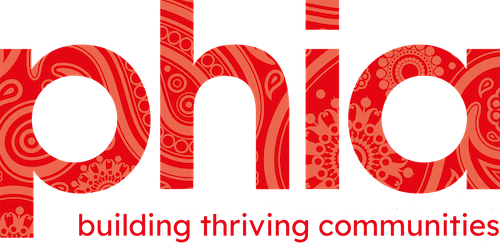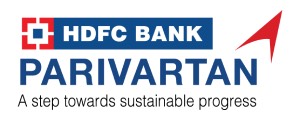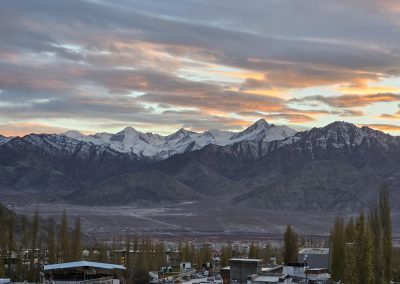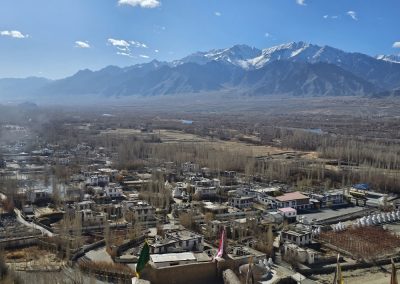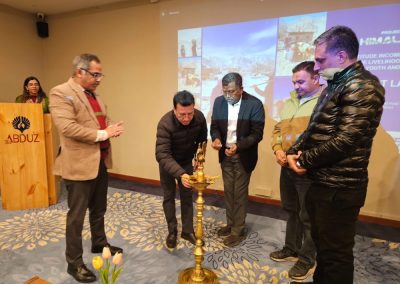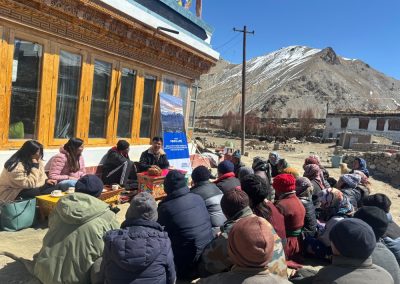Project Himalaya : High-altitude Income Maximization and Adaptive Livelihoods Advancement for Youth and Adults
Chuchot, Thiksey, Kharu - District Leh, Union Territory of Ladakh
The Ladakh region, with its sparse population density and unique geographical features, has historically thrived through subsistence agroforestry and traditional agricultural practices for thousands of years. However, recent climatic and socio-economic shifts pose new challenges to the sustainability of these livelihood systems. The district of Leh, characterized by its rural landscape and extreme weather conditions, faces development gaps exacerbated by climate change impacts. Traditional agricultural practices, reliant on manual labour and animal husbandry, have sustained communities but are now vulnerable to changes brought by tourism influx and population growth. The increasing pressure on environmental resources, coupled with erratic weather patterns, further strains livelihoods in the region. Recognizing these challenges, this HDFC Parivartan supported project aims to bolster the agroforestry-based livelihoods of Ladakhi communities by introducing adaptive and climate-resilient technologies. Through initiatives such as establishing model passive solar greenhouses and promoting the vegetable and milk value chains, the project seeks to enhance the adaptive capacities of vulnerable communities. By leveraging traditional knowledge and blending it with modern green technologies, the project strives to create sustainable solutions to increase agricultural productivity and strengthen livelihoods. Additionally, efforts to organize farmers into producer groups and integrate them into market value chains aim to enhance economic opportunities and resilience.
Project Objectives:
- Increase Climate Resilience: By promoting improved livelihood practices focusing on biodiversity, water conservation, and soil health, we aim to empower communities to adapt to climate change.
- Capacity Building: We strive to enhance local knowledge and institutional capacity through sustainable technologies and the promotion of agro-based value chain systems.
- Ecosystem Enhancement: Through sustainable land management practices, our goal is to augment ecosystem services such as carbon sequestration, water filtration, and soil fertility.
Essential milestones:
- Increased adoption of climate- resilient vegetable cultivation practices by vulnerable communities through adoption of passive solar greenhouse technologies
- Diversification of income sources for community members through sustainable livelihood opportunities through development of vegetable and yak milk value chain
- Improved ecosystem services, including enhanced soil fertility, water conservation, and carbon sequestration and organic production and certification of products
- Strengthened community resilience to climate change impacts and reduced vulnerability through alternate livelihood sources and soil and water conservation works
- Enhanced knowledge and capacity of farmers in sustainable land and agriculture management practices.
Become a Volunteer
Join us in our endeavour for a lasting sustainable change.
